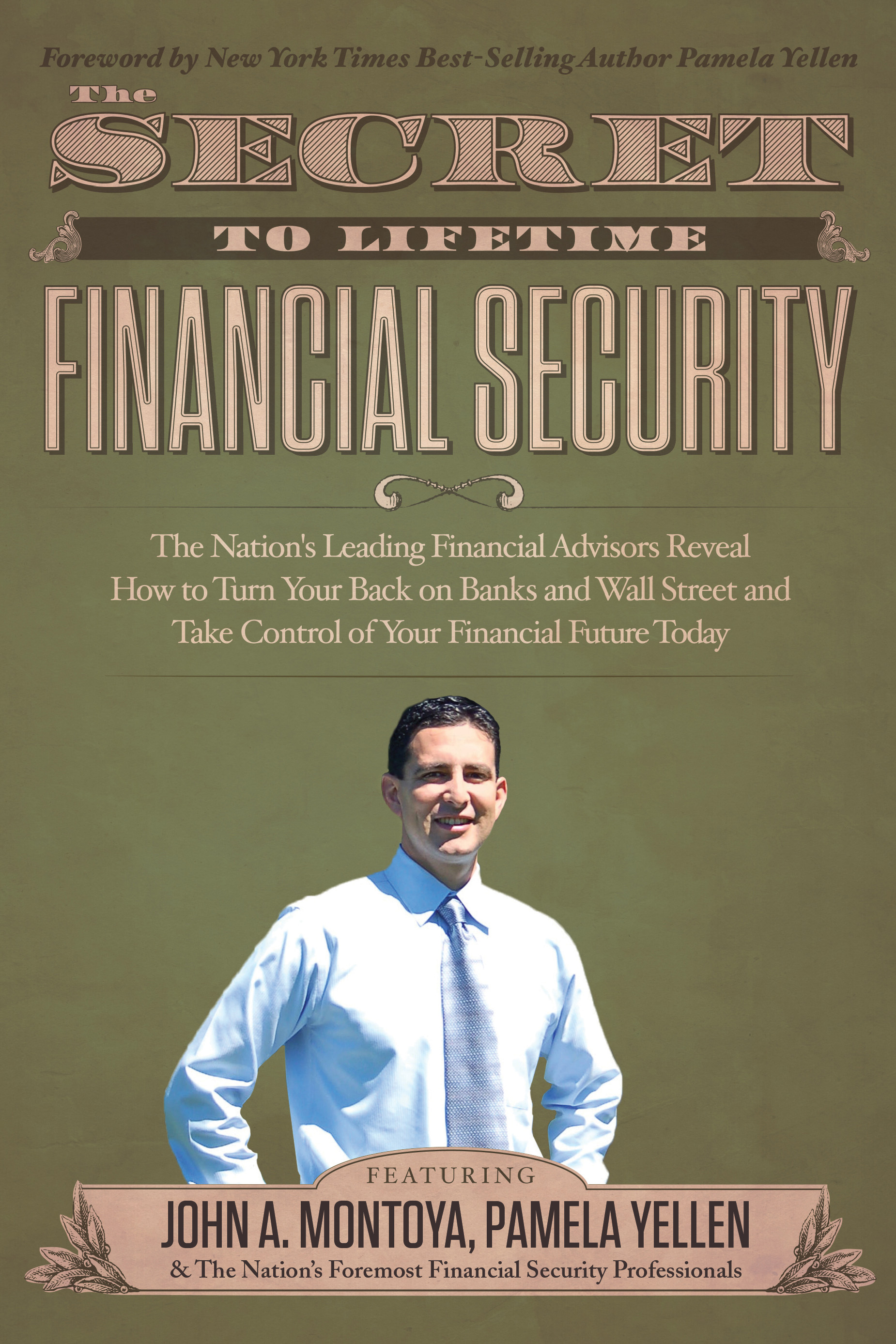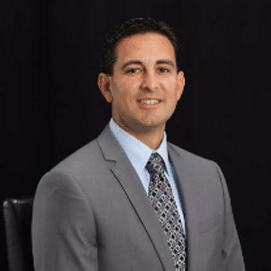I get a lot of questions about Infinite Banking. For this post I’m sharing a recent email I responded to from a potential client. Names have been removed.
Hi —-,
Thank you for your questions. Definitely a lot of craziness going on. The life insurance industry is not immune either. Some age groups are being excluded (over 70) temporarily, scheduling exams is a very tall order, and doctors offices seem to be overwhelmed so getting medical records to underwriters is super slow.
It doesn’t surprise me your traditional financial advisor is skeptical.
They’ve been trained and conditioned to think, recommend, and implement Wall Street based portfolio plans. Life insurance is mostly an afterthought to traditional advisors because they operate on a Wall Street revenue model.
Sadly, Infinite Banking is unknown to the majority of life agents because the life insurance industry doesn’t teach this strategy. Life insurance industry trains agents to sell policies for maximum death benefit protection. So it’s the proverbial “can’t see the forest thru the trees” for traditional Wall Street advisors and life only agents which is why working with an authorized IBC advisor is the best way to learn and implement the strategy. Authorized being the key word there. (The Nelson Nash Institute is where you can go to confirm your advisors status.)
Infinite Banking isn’t even about the death benefit. It’s not even about having a Whole Life policy. The Whole Life policy is just the best vehicle for the strategy. If it wasn’t we’d be using and recommending bank line of credits, mutual funds, and 401ks/IRAs instead. But none of those options give us control over our money safely and efficiently (…and even tax-free) all in one place. IBC is about freedom over our money—taking control back from banks and Wall Street. Traditional advisors (Banks/Wall Street) want that control outsourced to them so IBC is naturally a paradigm shift from mainstream financial planning. Traditional advisors also don’t practice IBC so seeking advice from them is like going to a foot doctor for a chest pain.
I’d be happy to show you options for retirement income using the strategy. We can do a virtual appointment and I’ll record it so you can share with your wife. Schedule here: www.IBC.guru
Regarding loans, there’s more to it than the loan rate…
Loans are simple interest and calculated at the end of your policy year. Currently, most carriers loan rates are 5% which is fixed for 1 year at a time. Historically, policy loan rates have been between 5-7% because the borrowing rate is based upon a cost of money index used for the largest AAA rated companies in the world. Essentially, policyowners get to borrow at rates available to blue chip corporations. The 5% rate hasn’t budged in 13 years and when they have adjusted up or down, it’s a slow movement. Life insurance companies tie the borrowing rate to this type of corporate money index because it also happens to be where 90% of their investment portfolio resides.
So when I request a loan from my policy, they are more or less approximating the same interest return on their investments as they will now eventually receive on the policy loan I take. Also, keep in mind all the policy loan interest is revenue for the life insurance company. Since these companies are mutual based (owned by policyowners), this revenue from policy loan interest ends up as part of the surplus profit of the life insurance company and what happens to surplus profit? It gets returned to policyowners (you and me, not shareholders on Wall Street like with stock based life insurance companies) as a dividend compounding our cash value and death benefit further.
FYI, there are policies that offer a fixed rate policy loan but fixed rates are generally 7.5 to 8%. My oldest IBC policies are fixed at 7.45%. I rarely use the cash values in these policies because my other policies are at 5%. My family (me, my wife and 3 kids) have a total of 11 policies so we have a pretty substantial pool of money that’s always growing and under our control with access at various rates. I tell people if they are really practicing IBC properly, they will have more than 1 IBC designed Whole Life policy and when that happens you can diversify with policies that have slightly different options depending on what you’d like, including different borrowing rate options.
Another key aspect with policy loans is that because interest isn’t calculated until the end of the policy year, each loan repayment I make goes towards reducing the loan balance dollar for dollar i.e. 100% volume interest. Super consumer friendly.
This doesn’t happen with a bank loan. Banks collect a portion of interest from your payment first, then the difference is applied to the outstanding balance. This effectively delays debt repayment… and don’t forget, all banks are also charging compounding interest while they delay the debt repayment. Think of a mortgage payment. How much of a mortgage payment is interest first? The majority of it. Car loans, credit cards… same story. Not with a life insurance policy loan. Every cent of the loan re-payment directly reduces the policy loan balance. Policyowners come first.
So nominally you might be charged 5% but your effective interest is lower because you reduce the loan balance dollar for dollar. Your effective loan rate (percentage of %)is actually lower
You also determine the loan repayment schedule. You are the banker.
Meanwhile the underlying asset (the cash values and eventually the death benefit) securing each policy loan are compounding in value while the money is used elsewhere for any purpose: pay down debt, invest in other assets, pay taxes, or even for retirement. 😊
Nothing like it anywhere else.
With regards to your concern about hyperinflation
Please see visit the Recommended Books page on my website: https://jlmwealthstrategies.com/recommended-books/
There you will find the book How Privatized Banking Really Works by Robert Murphy, PhD and Carlos Lara. It’s free to download. Just click on the image. On page 340 of the book, they will answer your question about what to do with IBC whole life policies in event of hyperinflation. The entire book is phenomenal. You have to get to the end of the book to get to their take on IBC but it’s well worth it. I have this book available on my website for free to download but I’m including it here in this email. The arguments are all laid out. There are other great books on my website with links to purchase, too. The Pirates of Manhattan is another great book that comes to mind which was thoroughly enlightening, too. The amount of documentation supporting that book in particular against banks and Wall Street is overwhelming and cannot be refuted.
Hope this email helps answer questions you have about IBC. Let’s keep in the conversation going. The more you know, the easier it is to make decisions you and your family can benefit from.
“Simplicity is the key to brilliance. It is not the daily increase but the daily decrease; hack away at the unessential. The height of cultivation always runs to simplicity.” -Bruce Lee
Fees
PBS did an eye opening interview with John Bogle, founder of Vanguard, in February 2006, in which Bogle admitted that most mutual funds were terrible investments and that expenses and fees ate up to as much as 80% (yes, you read that correctly… 80%!) of investors’ returns.
How does that work, you ask? Your expense ratio on your carefully selected equity fund is “only” 1.01%?
Let’s take a look:
Frontline: So what percentage of my net growth is going to fees in a 401(k) plan?
Bogle: Well, it’s awesome. Let me give you a little longer-term example. The example I use in my book is an individual who is 20 years old today starting to accumulate for retirement. That person has about 45 years to go before retirement—20-65—and then, if you believe the actuarial tables, another 20 years to go before death mercifully brings his or her life to a close. So that’s 65 years of investing. If you invest $1,000 at the beginning of that time and earn 8 percent, that $1,000 will grow in that 65-year period to around $140,000.
So far, so good… $1,000 into $140,000 sounds terrific! But let’s look more closely…
Bogle: Now, the financial system—the mutual fund system in this case—will take about two-and-a-half percentage points out of that return, so you will have a gross return of 8%, a net return of 5.5%, and your $1,000 will grow to approximately $30,000. One hundred ten thousand dollars goes to the financial system and $30,000 to you, the investor.
Think about that. That means the financial system put up 0% of the capital and took 0% of the risk and got almost 80% of the return, and you, the investor in this long time period, an investment lifetime, put up 100% of the capital, took 100% of the risk, and got only a little bit over 20% of the return.
WOW!!!! Perhaps you’ve been wondering why you can’t retire at 65! If you don’t understand the math, don’t worry, my brain works best when I can see exactly how the figures add up (or in this case, bottoms out!) So how can 2.5% in expenses and fees turn into 80% of my entire return that Mr. Bogle speaks of?
Here it is, all laid out for you in black and white. The table on the left shows the growth of $1,000 invested by an individual at age 20 until his/her death at age 85, assuming 8% annual growth.
On the right, it shows what happens to that same $1,000 over the same period assuming a 2.5% annual cost, such as a mutual fund 401(k) management fee. Over the 65 years, these annual fees eat up a staggering 79% of what the investor would have earned with no management costs:

Growth of $1000 in 401k: No Fees vs With Fees
Left: $1000 Before Fees; Right: $1000 After Annual Fees
At age 85, $1000 before fees grows to $160,682. However, after 2.5% in annual fees that same $1000 is worth only $34,250!!
Are you waking up yet? Have I caught your attention?
And it gets even trickier, if you can believe it because mutual fund investors and the investing public have been “educated” to measure fund management fees and operating expenses as an annualized percentage of fund assets, which makes the resulting expense ratios (the tiny numbers you see like 0.92%) seem almost trivial.
This is because expense ratios represent only about HALF of the cost of owning mutual funds. You also need to factor in hidden portfolio transaction costs and sales loads which raises your expense ratio up to a full 2.5-3%.
(Full Interview can be found here:http://www.pbs.org/wgbh/pages/frontline/retirement/interviews/bogle.html)
Are you still excited about your 401(k)? Hopefully you are coming to the same realization I made years ago which is: A 401(k) is a horrible place to safeguard and grow your wealth.
How many millionaires do you think retire by living off their 401(k)? Do you really want to have Wall Street take 80% of your nest egg ( with the IRS taking 33% or more of the rest) over your lifetime because you failed to learn about better tax-favored alternatives?
If not, I encourage you to spend some time on my site to learn more about the safest place to build a foundation for your wealth. Go towww.CashValueBanking.com.
One last thought while I still have your attention. If you’re not blown away by how the effects of taxes, lack of liquidity, and fees will have on your 401(k), there’s one more thing you ought to know.
Aside from the fees Wall Street is charging you, there’s a 100% certainty that the money in your bank and investment account is losing value each and every day even if your account balance is going up!! If you’re wondering how that’s possible, we should definitely talk.
Best Regards,
John Montoya
Founder, JLM Wealth Strategies, Inc.
(925) 386-6639










